Discovering Guyana (Part 1): A River Tour in ‘The Land of Many Waters’
by Karen Rollins Nov 7, 2022
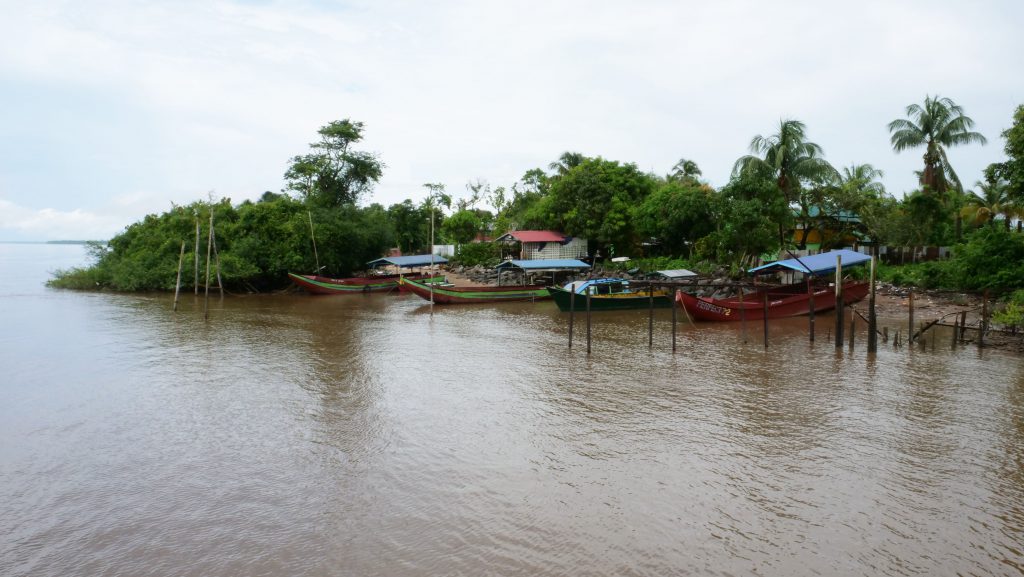
I don’t know about you but ever since the COVID-19 pandemic took hold in March 2020 I have not been as enthusiastic about travel as I used to be, in fact, it’s a struggle for me to leave my house sometimes, let alone leave the country!
I used to love everything about travelling; researching a destination, finding a place to stay, reading reviews for things to do, putting together an itinerary, deciding what to pack, and even choosing my plane seat online, were all activities which heightened my enthusiasm for spending some time away.
Even going through all the extra security measures at the airport and sitting on a flight for hours were worth it, to fulfil the promise of a few days, or even weeks, in a completely different environment where you are challenged to explore but can still do as much, or as little, as you want.
Given what the world has been going through over the past two and a half years, the idea of travelling abroad has since seemed almost tainted to me, and invariably more hassle than it was worth.
I say all this to underline the fact that the only way that I could be enticed out of the beautiful, cosy, and safe environment of my home island (Barbados) was with the chance to see somewhere completely different, unspoilt, and rare.
This special place would have to combine adventure and adrenalin with culture and history; the food would need to be as diverse as its people; the wildlife must be prolific and captivating; the scenery mind-blowing with some parts of it even remaining untouched; a country where few people have been that offers a vacation experience like nothing I have ever had before.
That place turned out to be Guyana!
—
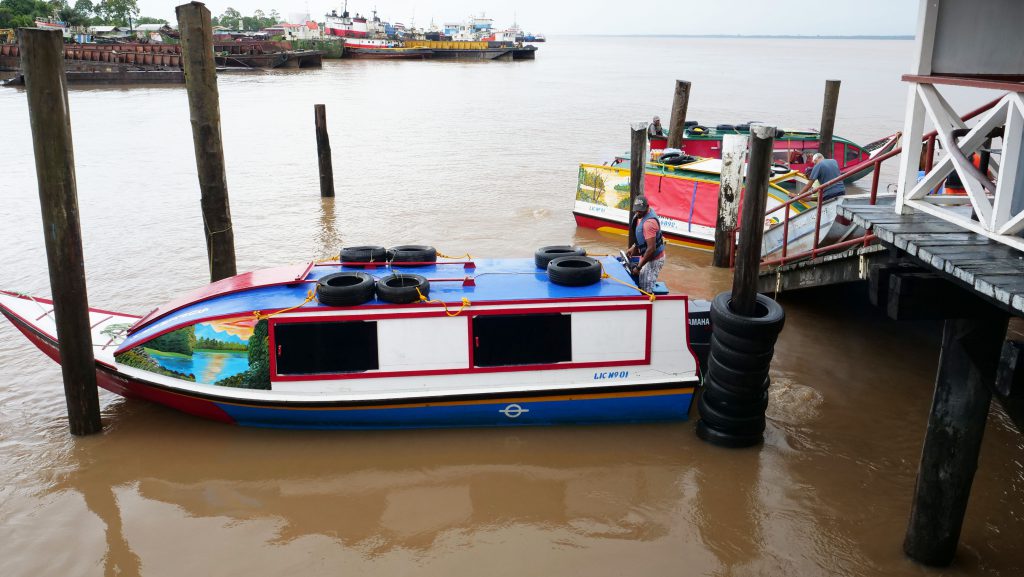
Guyana is a slight anomaly when it comes to the Caribbean region with its vast rivers in place of blue sea and pristine rainforests instead of long stretches of white sand beaches.
Situated on South America’s north Atlantic Coast, Guyana shares borders with Suriname, Venezuela, and Brazil but has two international airports which provide short, direct flights via Caribbean Airlines to several regional countries including Trinidad and Barbados.
Although it is physically part of South America, Guyana is English-speaking and identifies itself as Caribbean with a strong passion for cricket, Calypso and Soca, and a love for currying all different kinds of meat!
My desire to visit the country primarily hinged on a bucket-list wish to see the magnificent Kaieteur Falls (but we will get to that later).
What I soon came to discover though, is that as awe-inspiring as Kaieteur is, especially up close, there is much more to see and do in Guyana and although I only had three days, I intended to see as much of it as possible.
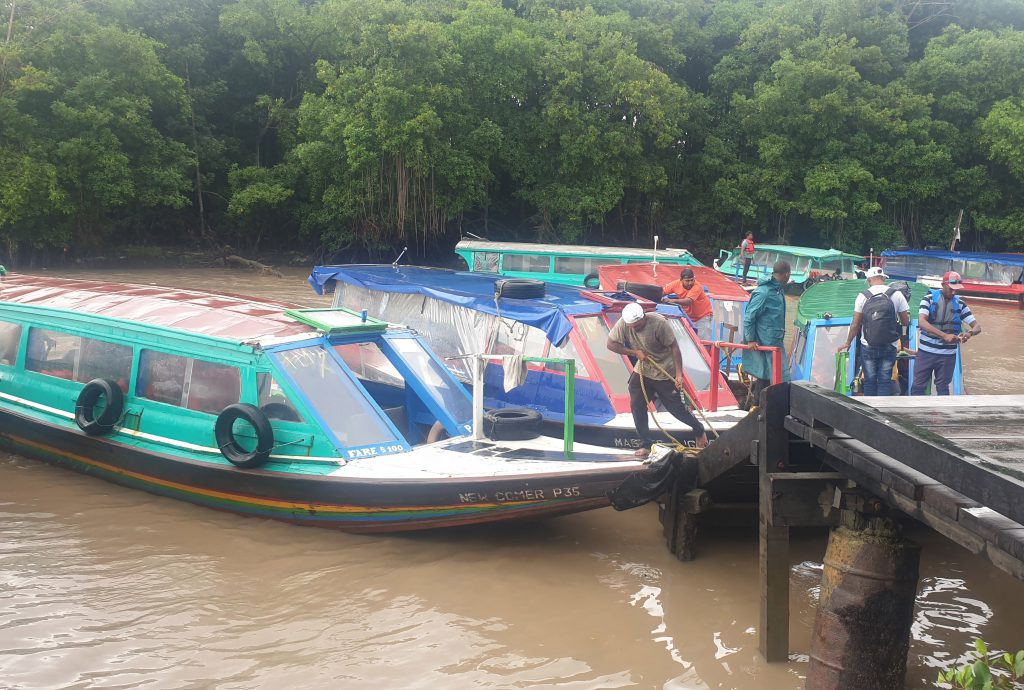
Our first-day tour of the country began on a boat, which was fitting as this is one of the primary forms of transport in a country that has four main rivers – the Courantyne, Berbice, Demerara, and Essequibo.
Colourful wooden riverboats can handle up to 18 passengers and are equipped with life jackets. They traverse Guyana’s vast watery landscape with relative ease and the captain, who stands at the rear manning the rudder, is fully versed in the tides and currents, as well as any potential obstacles under the brown ripples.
Our first stop was Fort Island at the mouth of the mighty Essequibo River.

Fort Island (originally called Flag Island) is where you will find the Dutch-built Fort Zeelandia and the Court of Policy Hall; both structures date from the 18th century and are a national monument.
Fort Zeelandia was originally a wooden defensive fort built in around 1687. By the 1740s this outpost was replaced with a brick fort which is what visitors to the island can walk around today. There are also several cannons still in position, pointing out across the 1,000 km long Essequibo River, ready to defend the territory.


The Dutch Heritage Museum located in the former Court of Policy was opened in February 2007. The building was in disrepair until it was gradually restored by the National Trust and is now Guyana’s oldest non-military structure.
The museum features several ancient artefacts and information panels which tell the story of the original inhabitants of Guyana, along with the arrival of the Dutch, who brought enslaved Africans. There are also three tombs on site, two of which hold the remains of Johannes Backer, a captain and commander, and one-year-old Laurens Gerhardus Lodewych Backer, who died on 1 September 1768.
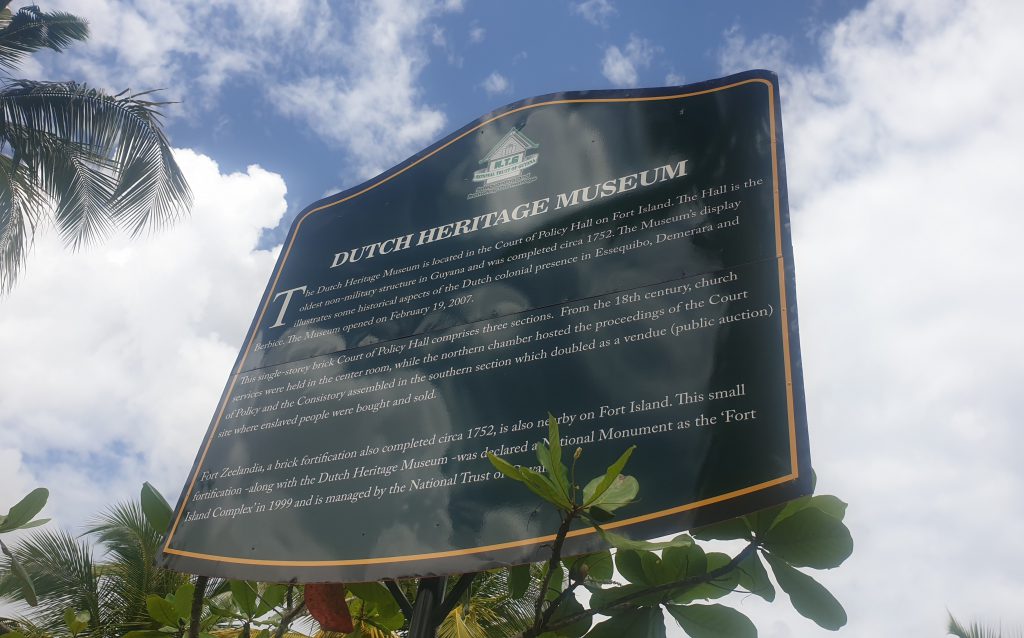
After spending a couple of hours on Fort Island, we travelled to the port town of Bartica on the left bank of the Essequibo River where I finally got a chance to sample Guyana’s famous wild hog curry – it did not disappoint!
Soon we were back on the boat on our way to Sloth Island. This is where we stopped to have lunch in a traditional Amerindian constructed ‘meeting house’, and where we hoped to see (from a safe distance) some of Guyana’s indigenous wildlife such as snakes, scorpions, anteaters and (of course) sloths.


Once uninhabited, Sloth Island, which is close to the Mazaruni and Cuyuni Rivers, is now marketed as a 160-acre, off-grid nature resort where visitors can get away from it all in a rustic guesthouse and enjoy bird spotting and up-close-and-personal interactions with wild animals.
Paul was our host and after eating a basic but tasty meal, we set off with him along a precarious board bridge that he has built to go deeper into the forest. The trail was like something out of an Indiana Jones movie. It snaked past Jurassic style vegetation while birds flew overhead, and every rustle and odd noise made us jump with a mixture of fear, excitement, and trepidation.
It wasn’t long into the walk when Paul spotted a sloth high up in a distant tree taking a nap. He made sure we all got a glimpse although the sloth was very hard to spot with its brown fur amongst the foliage. We continued and soon enough Paul sighted another sloth about 30 feet above us. This one was moving and was much easier to see as it slowly turned its head to survey its surroundings.
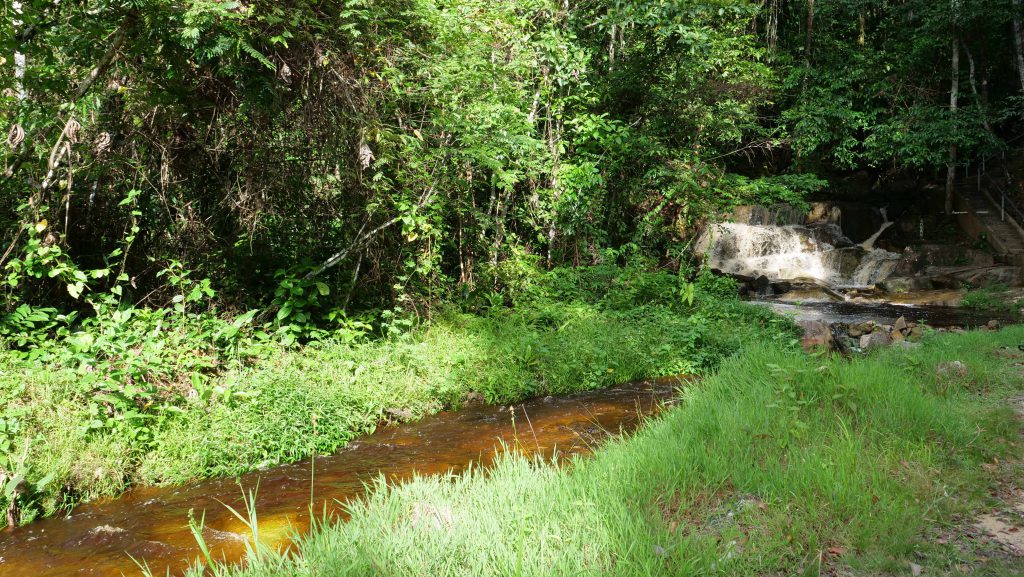
The tide was catching up to us, so we quickly headed back to the boat and made our way to our final stop at Baracara Falls which is a short 15-minute walk from the drop off point but seemed longer, as we trekked through bamboo and bush and watched brightly coloured butterflies dance in the fading sunlight.
We didn’t take the opportunity to swim in the falls as it was getting late, but just dipping our toes in the water felt refreshing and rewarding enough after a long day of exploring.
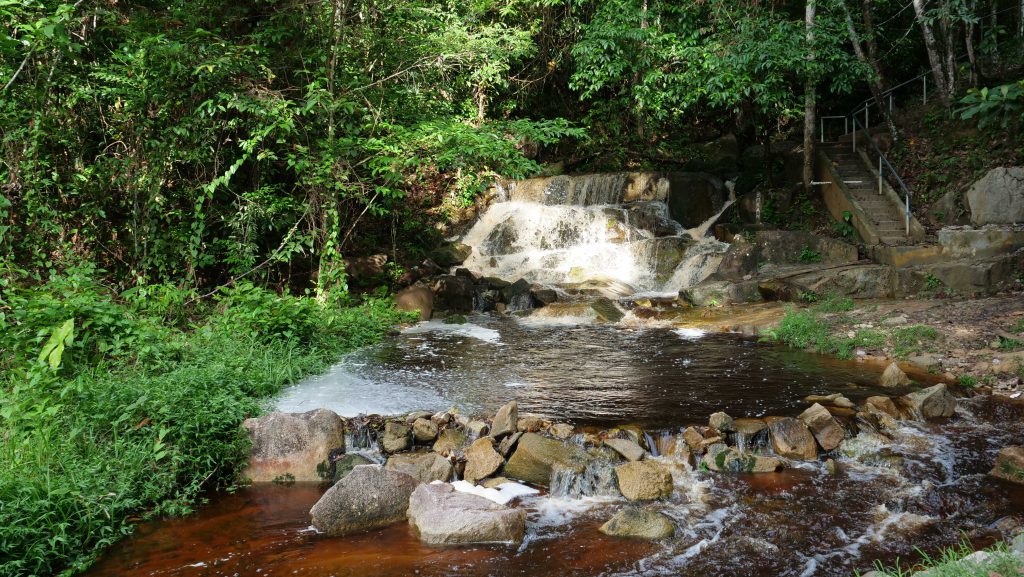
– Part 2 of ‘Discovering Guyana’ will be published soon on FindYello.com.








